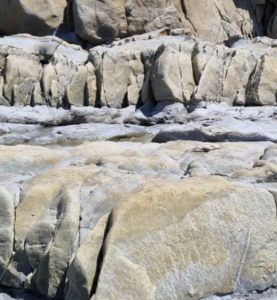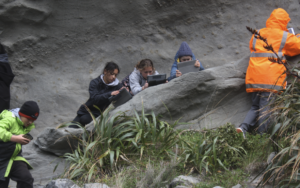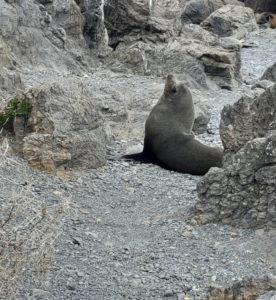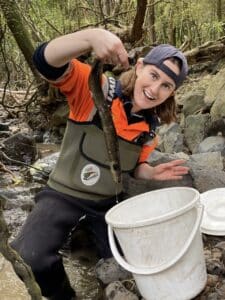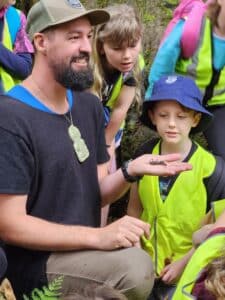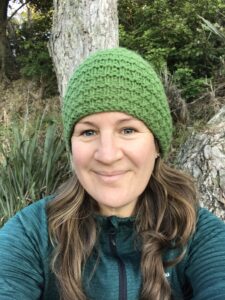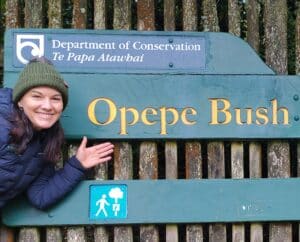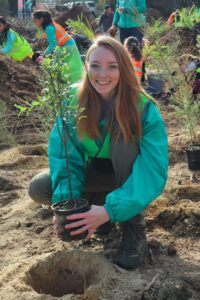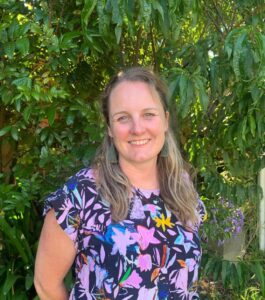Field-Based STEM joined geologists from GNS on the south Wairarapa Geocamp. Six schools* attended and had their application approved by the Ministry of Education for funds to continue working with Field-Based STEM over the next 2 years.
*South End School, Carterton School, Greytown School, St Teresa’s Featherstone, Pirinoa School and Kahutara School.
APPROVED-200 hours
Overview
In 250 words or fewer, outline the growth you are trying to achieve and how it fits within your journey – use the same story you would use in your staffroom, leadership meetings or with your whānau.
We wish to promote the concept of kaitiakitanga through practical restoration work and create a local Curriculum ’around the sites of special interest identified on the Geoscience Camp alongside our existing ‘favourites’. In particular we have the collective goal of integrating all aspects of the curriculum – underpinned by our collective knowledge of the mātauranga Māori. The sites that present themselves as sites of special scientific interest have a history and we wish to embrace that history by improving our collective knowledge of mātauranga Māori, tauiwi settlement and modern day scientific accounts about the origins of the region. We are particularly keen to explore how this knowledge helps us better understand the whakapapa and biodiversity of our region and the challenges that we must embrace. We want to bring to life the local curriculum through a culturally responsive lens and develop project/problem based learning to develop rich and meaningful learning programmes. We want to promote a culture that embraces the concept of tuakana/taina and build a framework for student enquiry that involves problem solving, student voice, leadership opportunities and the use of digital technologies to create and connect.
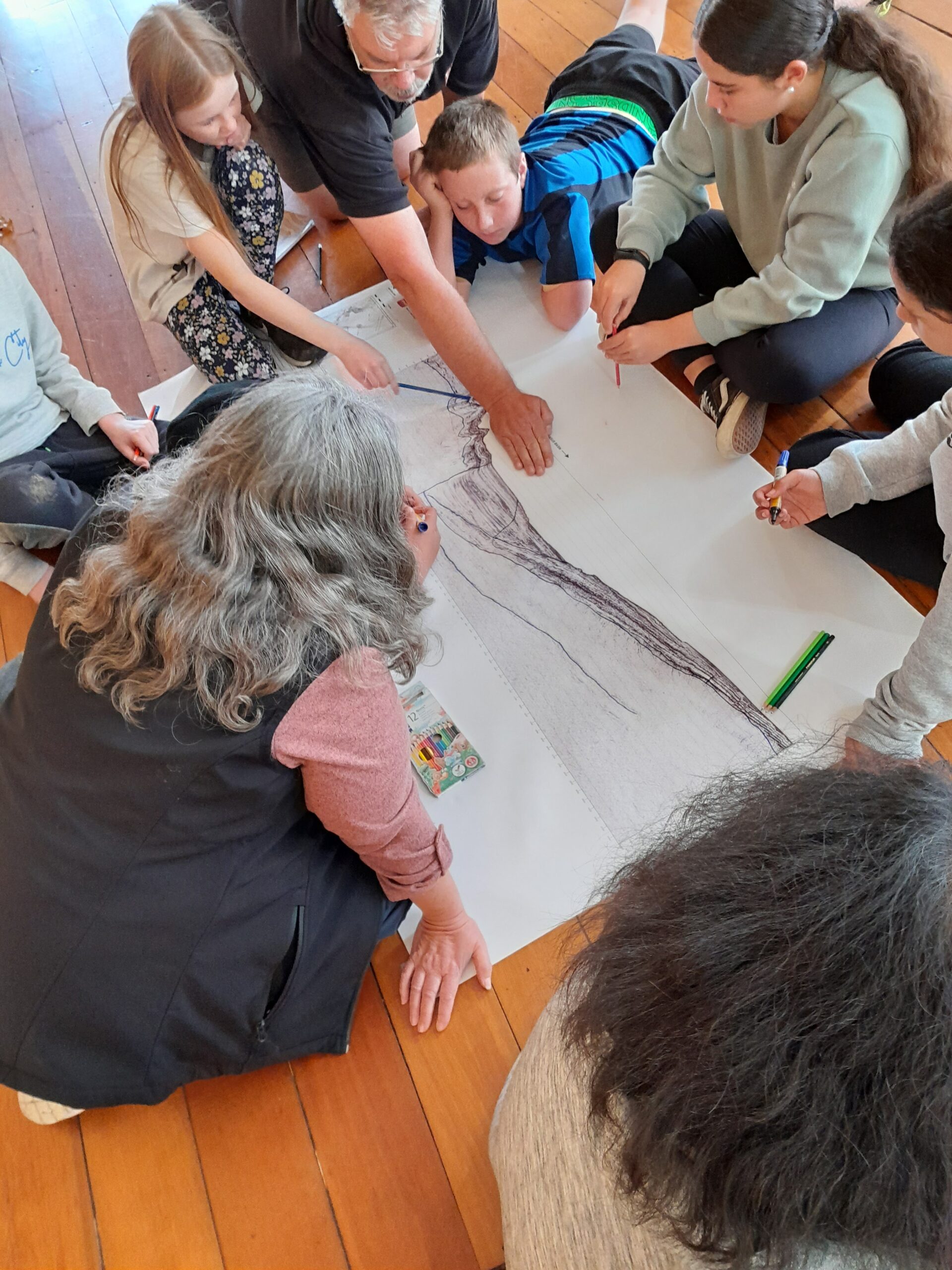
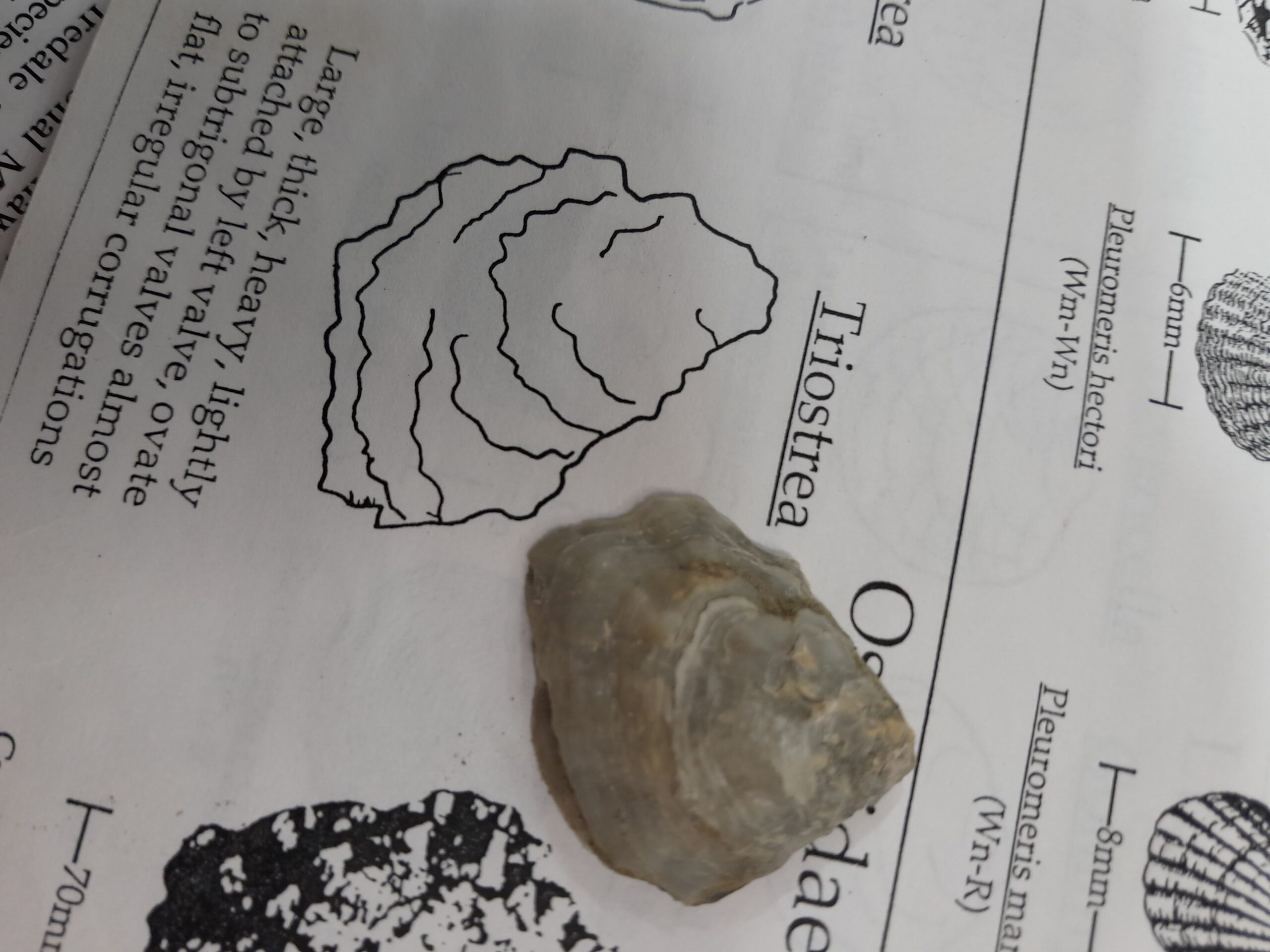
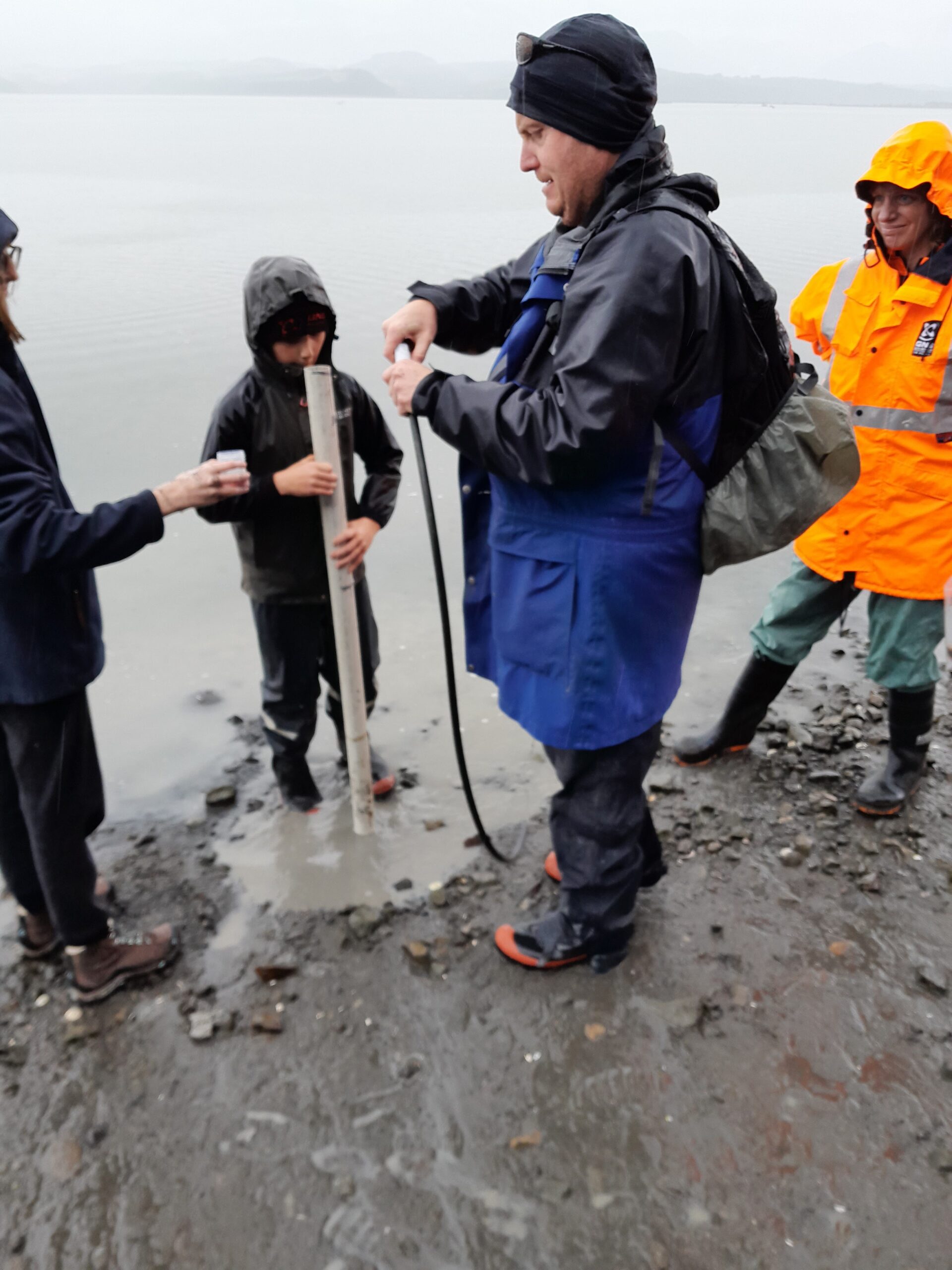
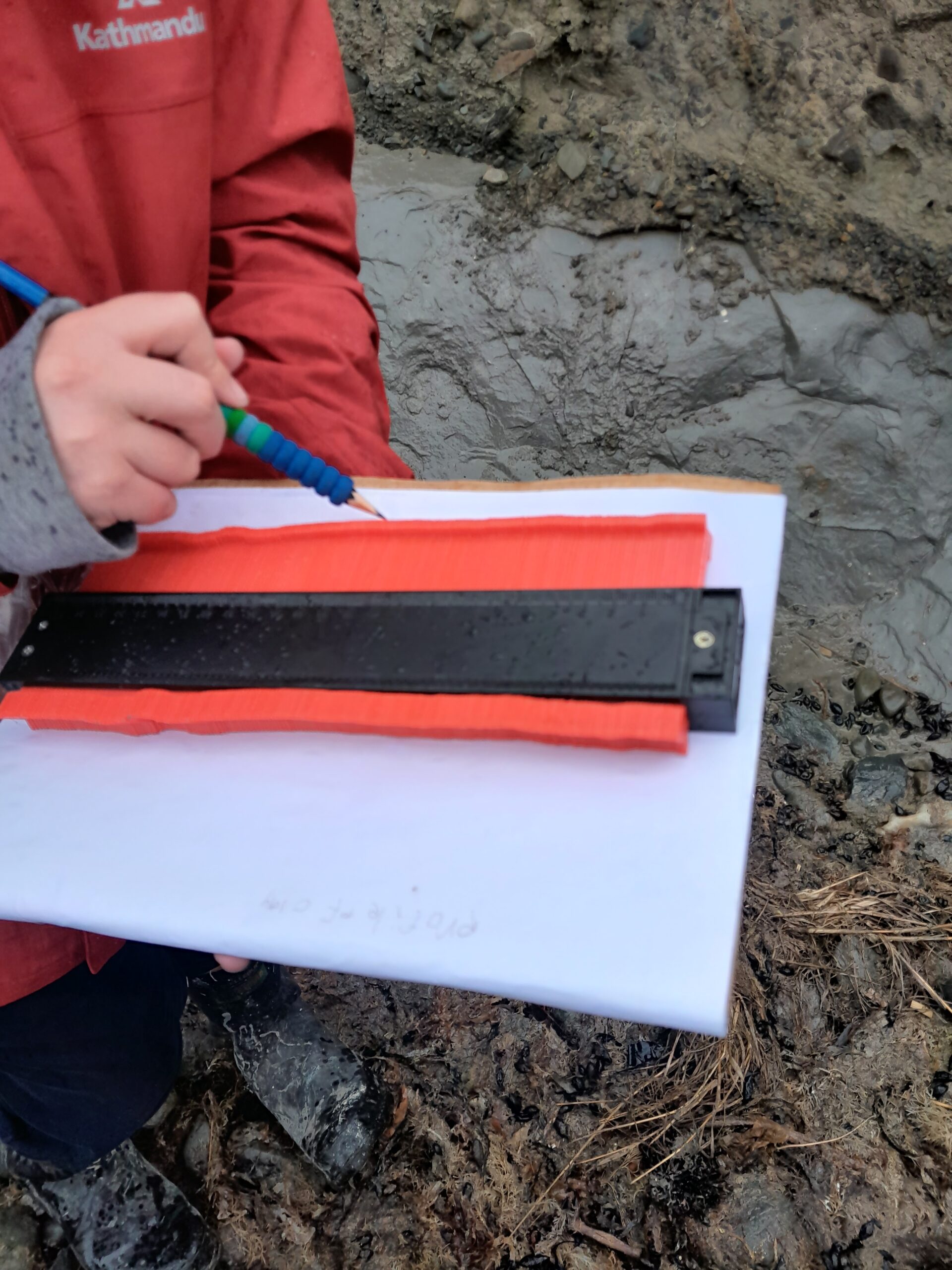
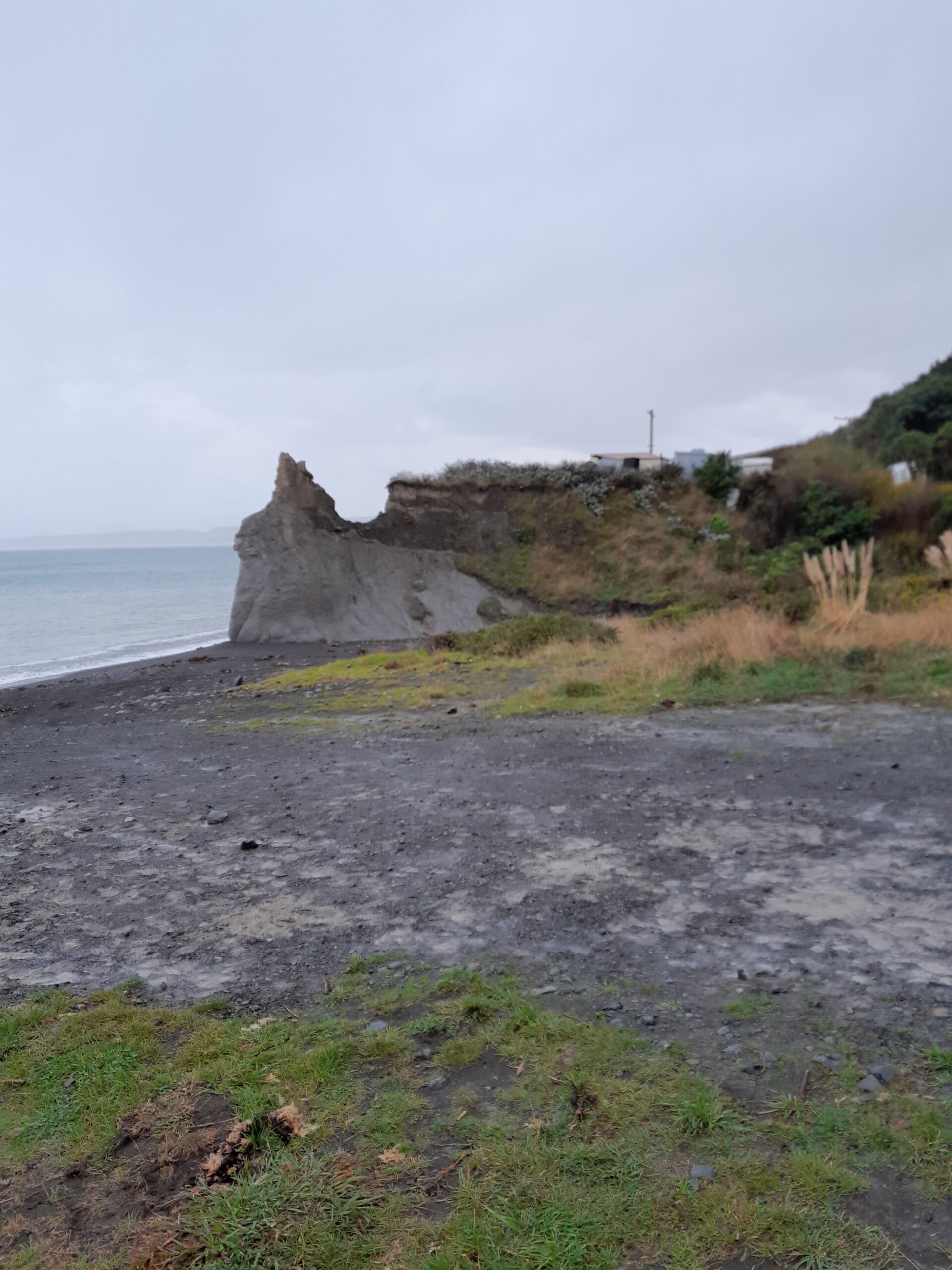
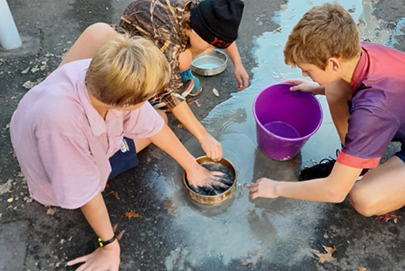
Supporting Evidence
In 250 words or fewer, outline your why and evidence, e.g. data/cohort trends, whānau feedback, student voice, whiteboard notes, mind maps, slides, audio or video clips – the detail in your story.
The collective involvement of schools in previous initiatives has led to productive collaboration and has provided insight into the many possibilities of a shared vision that is under pinned by a collective desire for a meaningful and rich curriculum that celebrates our special place. All schools have identified that schools need ongoing support in order to gain the confidence to share their learning and in particular to identify the opportunities for integrating this learning into a local Curriculum. We anticipate an increase of sharing of knowledge, ideas and equipment within and across the schools. We are confident that such a curriculum will create equity for our learners for when they leave our school and go into the wider world.
Outcomes for Kaiako and Leaders
In 250 words or fewer, briefly outline how you plan to measure the impact of this PLD. What specific contribution will it to make to your leadership and teaching capability?
Our proposed measurements include: ● Links to local sites of special interest – eg numbers of students engaging in restoration projects and knowledge gathering activities about those sites ● Ākonga ‘buy in’ – we want to promote participation for all our students, particularly those students who in the past have been disengaged ● Local curriculum development eg develop a framework across the school(s) for how our localised curriculum content will look across the year levels. ● Partnerships with whanau and community eg with marae, REAP (Masterton), Predator Free NZ, DoC etc ● Identifying and integrating local, authentic learning opportunities.
Outcomes for Ākonga
In 250 words or fewer, briefly outline how this PLD will contribute to ākonga growth. E.g. Are outcomes equitable across different groups of students? How will this PLD contribute to improving equity?
Ākonga will have a better knowledge of Pūrākau pertaining to our region and be able to link their pepeha to physical locations (ideally visited) and will therefore have greater empathy with the whenua, awa and roto. By having an appreciation of the whakapapa of the region – its mountains, its rocks its ngahere etc they will gain a greater understanding of their own identity and place in the world. By use of a consistent language across the school(s) ākonga will experience smoother transitions, and increase connections between learning areas, rather than silowed learning. Students will feel empowered to solve problems and move from being reliant on instructional practice to developing independent, confident problem solvers.

